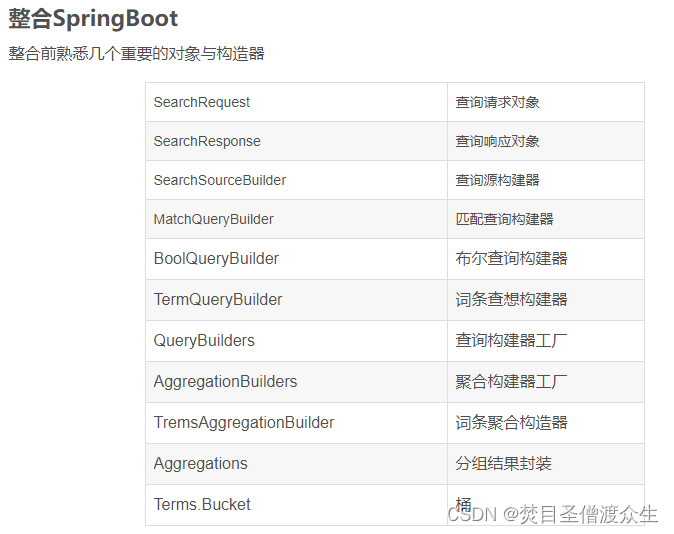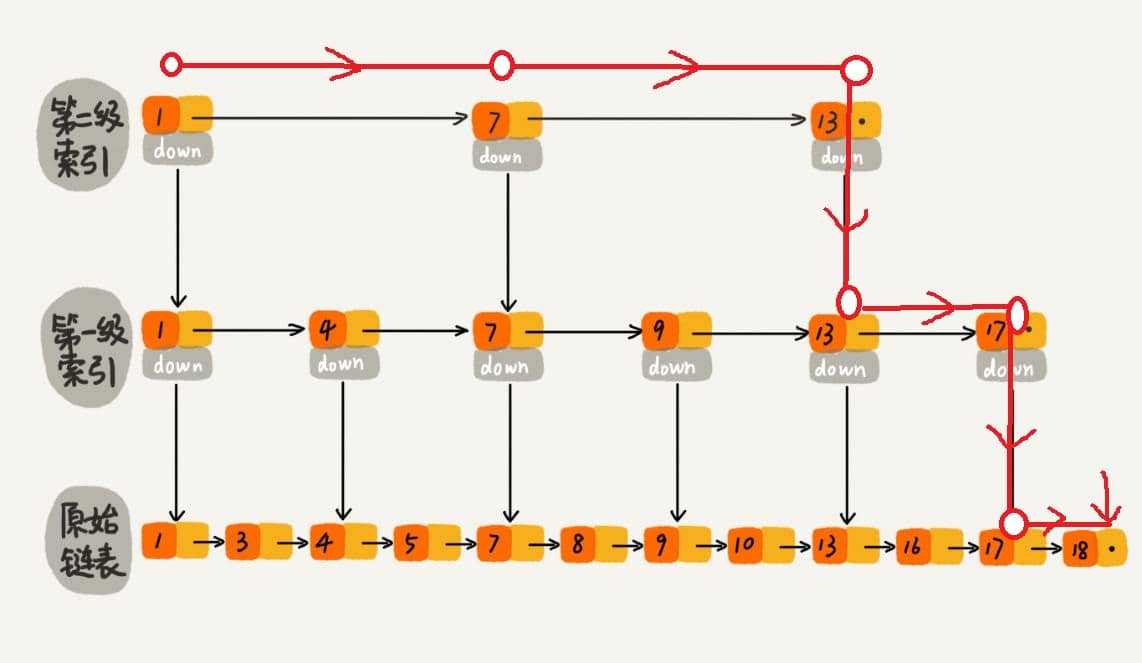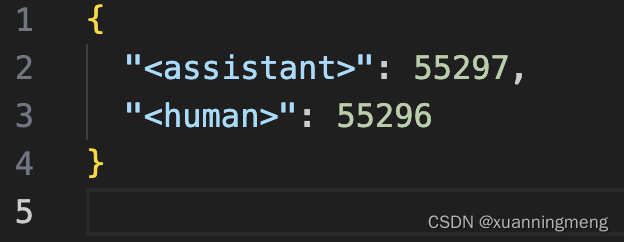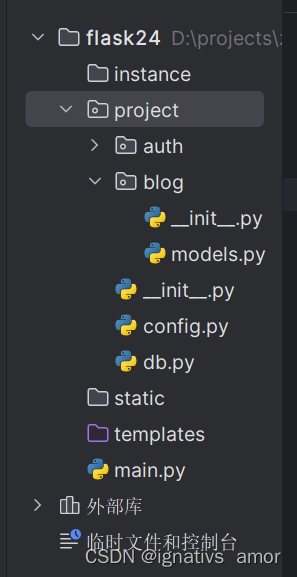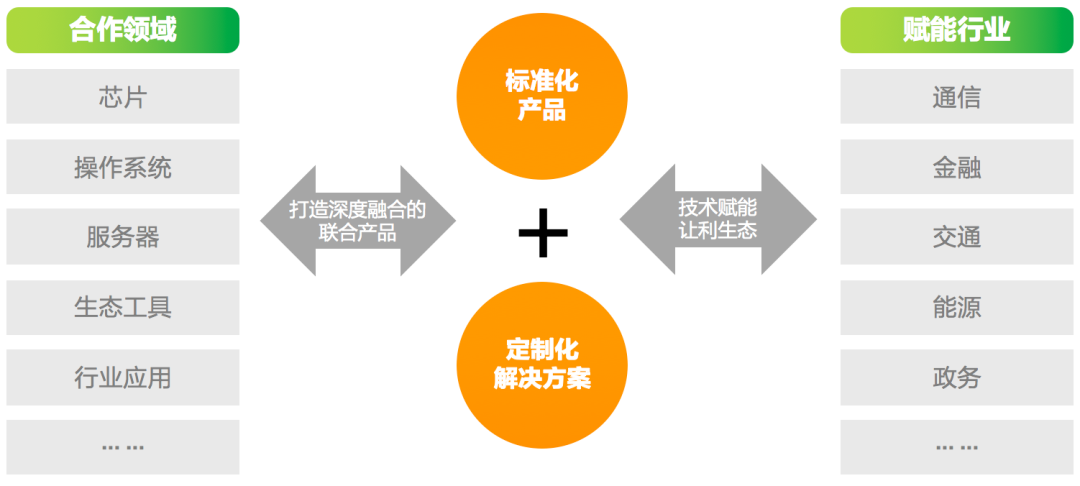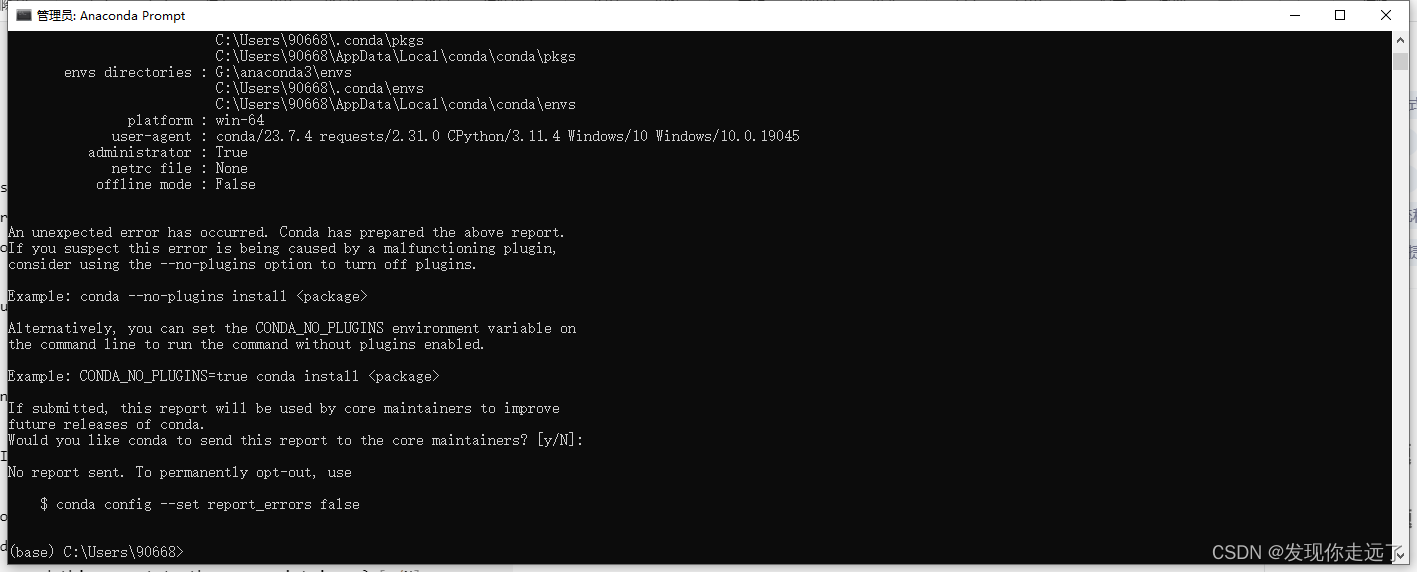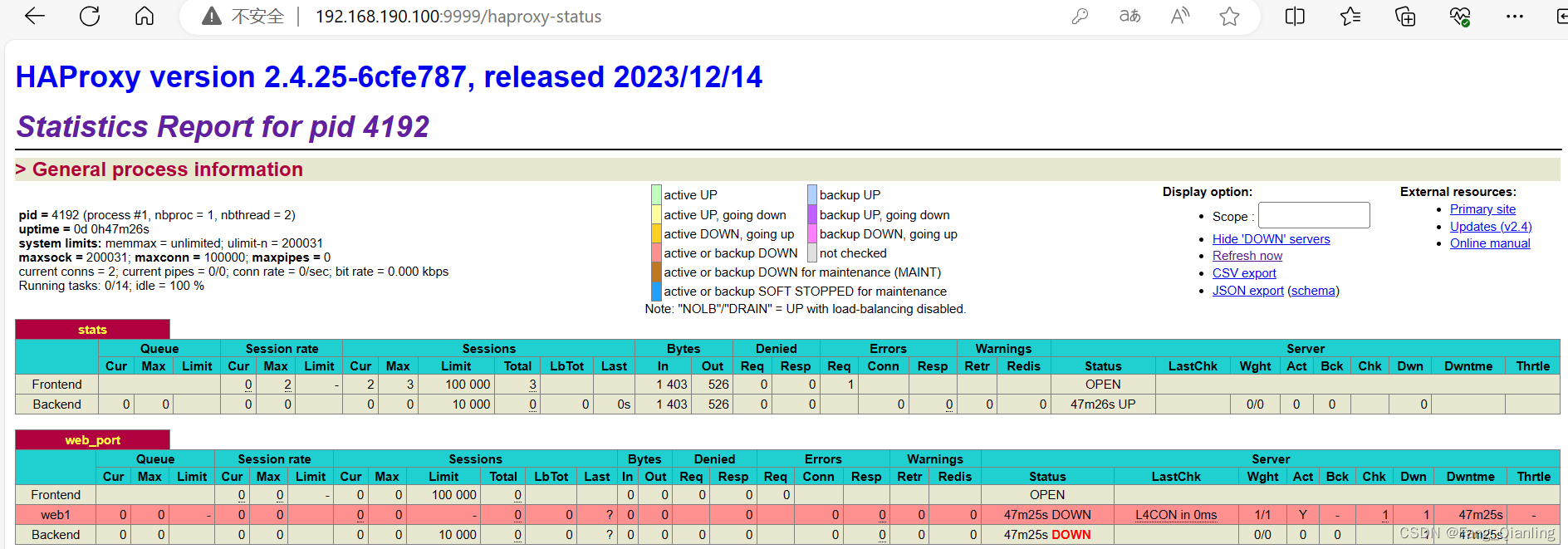1.辗转相除求最大公约数过程如下:
U/V...余
V/...余
/
...余
当为0时,
即为U、V最大公约数,编写函数int g< d(intU,intV)求最大公约数。
#include <stdio.h>
int gcd(int a,int b) {
if(b==0)
return a;
else
return gcd(b,a%b);
}
int gcd2(int a,int b) {
int temp;
if(a<b) {
temp=a;
a=b;
b=temp;
}
while(b!=0) {
temp=a%b;
a=b;
b=temp;
}
return a;
}
2.已知合法十六进制非负整数是从0.或ox开始,由数字0~9,小写字母a~f, 大写字母A~F构成的连续字符串,从键盘输入以'@'结束的任意长度字符串(可能含空格,制表,回车换行等字符),编写程序统计其中出现的合法十六进制非负整数的个数,找出其中最大的并输出。例如如下输入字符串中有5个16进制整数为: 0x564, 0x4879,0x00798, 0xfff12121 和0xabc12121,其中最大为oxffff12121
0x564 0x4897 erty 0x00798
0xffff12121 + + %0xabc12121 @
注:输入字符串长度不限,其中出现的所有合法十六进制数都在int范围,不考虑类型溢出问题。
#include <stdio.h>
int strlen(char *str) {
int i=0;
while(str[i]!='\0')
i++;
return i;
}
void strcpy(char *str1,char *str2) {
int i=0;
while(str1[i]!='\0') {
str2[i]=str1[i];
i++;
}
str2[i]-'\0';
}
int strcmp(char *str1,char *str2) {
int l1=strlen(str1);
int l2=strlen(str2);
if(l1>l2)
return 1;
else if(l2>l1)
return -1;
int i=0;
while(str1[i]!='\0') {
if(str1[i]>str2[i])
return 1;
else if(str1[i]<str2[i])
return -1;
else
i++;
}
if(str1[i]=='\0'&&str2[i]=='\0')
return 0;
}
int islegal(char ch) {
if(ch>='a'&&ch<='z')
return 1;
else if(ch>='0'&&ch<='9')
return 1;
return 0;
}
int main() {
char str[100],temp[100],maxnum[100];
scanf("%s",str);
int len=0,num=0,i=0;
while(str[i]!='\0')
if(str[i]=='0'&&(str[i+1]=='x'||str[i+1]=='X')) {
temp[0]=str[i];
temp[1]=str[i+1];
i+=2;
len=2;
while(islegal(str[i])) {
temp[len++]=str[i];
i++;
}
temp[len]='\0';
num++;
if(strcmp(temp,maxnum)==1)
strcpy(temp,maxnum);
temp[0]='\0';
} else
i++;
printf("%d %s",num,maxnum);
}3. (3x+5y)的n次幂的二项式展开有项,按照x的指数升序排列,编写递归函数,返回该展开式的第k(0<=k<=n)项的系数,递归函数声明参考形式为int find (int n, int k).
#include <stdio.h>
int find(int n,int k) {
if(n=k&&k==0)
return 1;
if(n==k)
return 3*find(n-1,k-1);
if(k==0)
return 5*find(n-1,k);
return 3*find(n-1,k-1)+5*find(n-1,k);
}4.假设会员卡信息包含昵称和手机号,全部使用字符串储存,其中手机号是会员唯一标识。现有两个单项链表存储会员卡(其上信息完全不同),已按手机号递增排序,请自定义链表结点类型,并编写函数,通过改变链表中各结点连续关系 将两个单向链表合并成一个递增链表)排序后得新的表头作为函数返回值。
#include <stdio.h>
#include <stdlib.h>
typedef struct node {
char name[20];
char num[20];
struct node *next;
} node;
int strcmp(char *str1,char *str2) {
int i=0;
while(str1[i]!='\0'&&str2[i]!='\0') {
if(str1[i]>str2[i])
return 1;
else if(str1[i]>str2[i])
return -1;
else
i++;
}
if(str1[i]=='\0'&&str2[i]=='\0')
return 0;
else if(str1[i]=='\0')
return -1;
else
return 1;
}
struct node *merge(struct node *head1,struct node *head2) {
struct node *head=(struct node *)malloc(sizeof(struct node));
struct node *p=head1,*q=head2,*rear=head;
while(p!=NULL&&q!=NULL) {
if(strcmp(p->num,q->num)) {
rear->next=p;
rear=p;
p=p->next;
} else {
rear->next=q;
rear=q;
q=q->next;
}
}
if(p==NULL)
rear->next=q;
else
rear->next=q;
return head->next;
}

